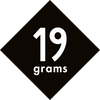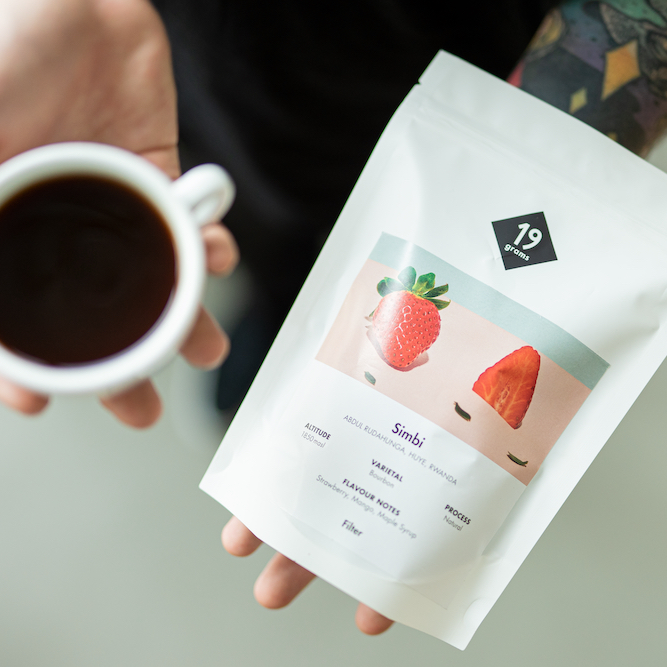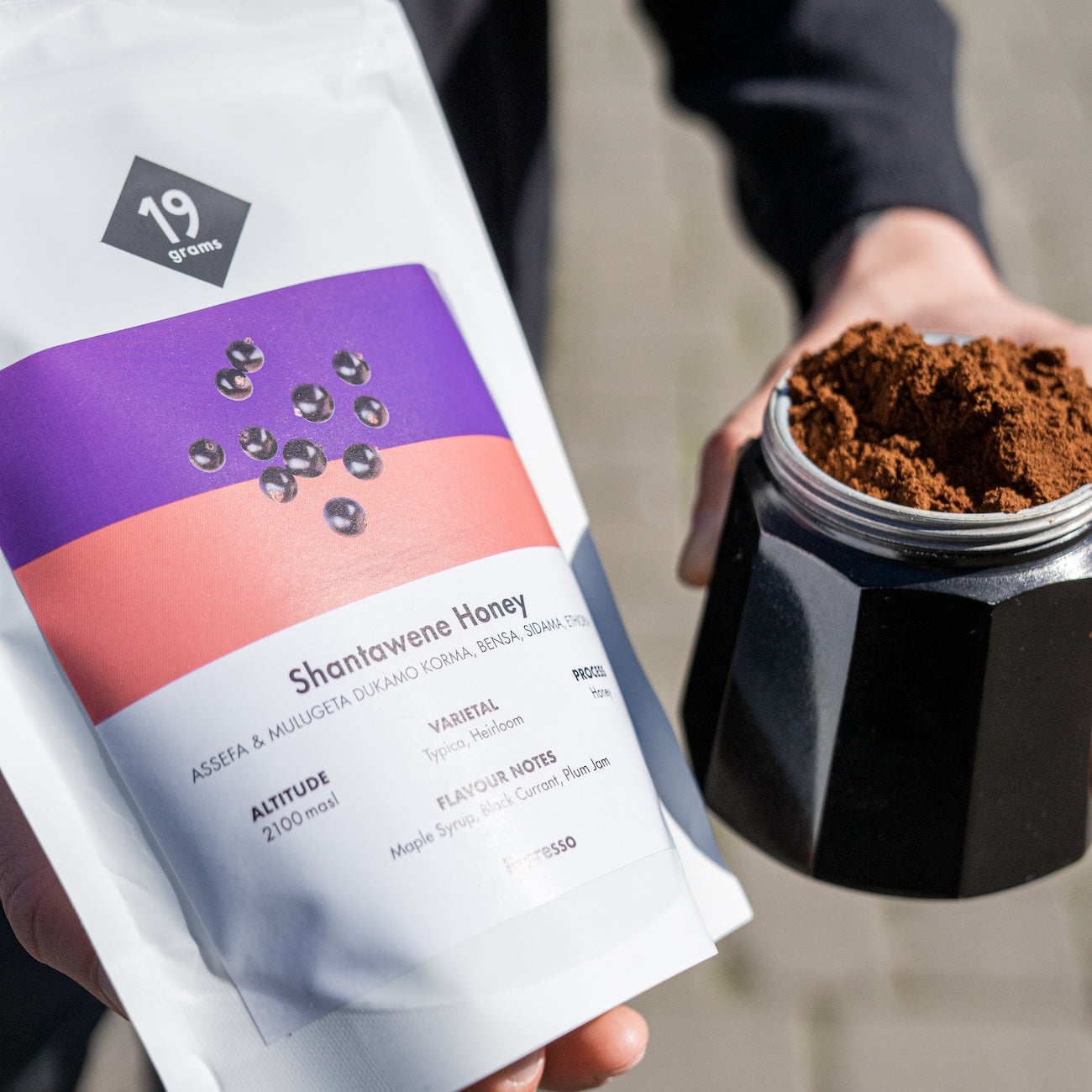A short history
Few places have as long a coffee history as Vienna. Viennese coffee is even so famous that it is protected by UNESCO as an intangible cultural heritage. Stefan Zweig once compared the institute of the Viennese coffee house to "actually a kind of democratic club, open to everyone for the price of a cheap cup of coffee, where every guest can sit for hours at this small offering to talk, write, play cards, receive mail and, above all, consume an unlimited number of newspapers and magazines".
Viennese coffee houses are unique in their tradition. A guest can sit alone for hours reading the newspaper or other material without fear of being rushed out. The waiters serve tap water in addition to the coffee and refill the glass in case of a long stay. The idea is to serve the guest with an exemplary sense of attentiveness. Writers, poets and revolutionaries were an integral part of Viennese coffeehouse culture in the late 19th and early 20th centuries. Karl Kraus' Die Fackel is said to have been written almost exclusively in these coffee houses.
Habsburg coffeehouses were ubiquitous throughout the Austro-Hungarian Empire, including in Prague, Budapest, Krakow, Trieste and Lviv. Due to the multicultural climate created by the gathering of writers, artists, musicians, intellectuals, bon vivants and their financial backers, a vibrant cultural base formed around these coffee houses. Unfortunately, the Holocaust, the Nazi expulsions and the subsequent economic conditions of communism put an end to this flourishing multiculturalism in the 1930s in almost all cities except Vienna and Trieste.
In many of the older cafés (e.g. Café Central and Café Prückel) the traditional atmosphere of the Viennese coffee house is still kept alive. Piano music is played in the evenings and social events such as literary readings take place. In the warmer months, customers can often be seen sitting outside in a Schanigarten. Most coffeehouses offer small dishes such as sausages as well as classic desserts, cakes and pies, such as apple strudel, Millirahmstrudel, Punschkrapfen and the famous Linzer Torte.
From this long history, Vienna has produced an almost entirely separate coffee lexicon from that of other places. Here we try to explain some of the better-known and lesser-known terms produced by the writers and intellectuals mentioned above, so that you are prepared for your next (first) visit to Vienna.
Viennese Coffee Lexicon
ADVOCAT:
Also known as Verpoortoccino, Flying Dutchman or Advocat coffee. Espresso, egg liqueur, milk foam and chocolate flakes combine deliciously in one glass.
AMADEUS:
Also known as Mozart. A large mocha with whipped cream, pistachio pieces and Mozart liqueur - a creamy liqueur based on brandy and the Forastero and Trinitario cocoa varieties.
BRULOT:
Lemon and orange peel, sugar, cinnamon and cloves are poured over Grand Marnier, briefly boiled together with coffee, strained into cups and flambéed with cognac.
INGREDIENTS:
A coffee with sugar and whipped cream. The name comes from the Viennese Fiaker coachmen who had to hold the horse with one hand, which is why their coffee was served in a cup with a handle.
FIAKER:
A one-horse driver supplemented with a shot of kirsch. The exact amount is not known, but usually 2 cl of kirsch is added to the coffee.
FRANZISKANER:
A small mocha with lots of milk, sugar, two teaspoons of whipped cream and chocolate sprinkles, served in a speciality glass. The colour is reminiscent of a monk's habit.
SPICED COFFEE:
The bottom of a piccolo cup is covered with rum (quantity as desired), two cloves are placed in there, this is infused with hot, slightly over-extracted coffee, sweetened to taste and stirred with a cinnamon stick.
ANNIVERSARY COFFEE:
A small mocha is placed in a stemmed glass along with 2 cl fine granulated sugar, 2 cl Coruba rum and 2 cl banana liqueur. A topping of whipped cream not only pleases the eye but also the taste buds.
COFFEE LÄNDLE:
A teaspoon of cane sugar, Gravensteiner apple brandy, mocha liqueur, cinnamon and cardamom are mixed in hot coffee and topped with a whipped cream (cream) topping.
KAISERMELANGE:
An extended mocha is mixed with an egg yolk, two spoonfuls of honey and a dash of brandy. The egg gives the speciality its characteristic colour, as no milk is used.
CAPUCINER:
A mocha is mixed with a few drops of cream until it takes on the colour of a Capuchin monk's robe, and sprinkled with cocoa or grated chocolate.
COSCOW COFFEE:
An unusual and adventurous combination from Russia: a small, strong coffee with liquid sugar, spiked with red wine and vodka.
MARIA THERESIA(NER):
A mocha sweetened with liquid cane sugar and orange liqueur. A dollop of whipped cream with colourful sugar sprinkles rounds it all off.
MAZAGRAN:
An ice-cold, strong mocha with maraschino liqueur, spices, liquid sugar and an ice cube. Almost passes for a cocktail and is named after a drinking vessel from Algeria.
MOKKA:
The basis of almost all Austrian coffee drinks. Mocha is a small black coffee that most closely resembles an Italian espresso, but is prepared with a little more water. What is special about mocha is that the coffee beans usually come from Yemen or Ethiopia, which is also the reason why this coffee is called mocha, after the town in Yemen, near the Red Sea.
Austrian mocha has little in common with Turkish or Greek mocha. It is prepared in a portafilter machine.
OBERMAYER:
A large, sweetened mocha on which a thin layer of cold sweet cream (Obers) floats. The hot coffee is drunk through the cream without mixing with it.
PHARISER:
Not only a visual delight: Mazagran and Pharisee are real "exotics" in Viennese coffee houses. The speciality from northern Germany consists of strong (over-extracted) coffee, sugar cubes and 4 cl brown Jamaican rum (54% by volume). Garnished with a cream topping and cinnamon.
RÜDESHEIMER:
Asbach Uralt-Weinbrand is flambéed with sugar and extinguished with mocha. With vanilla-spiced whipped cream (Schlagobers) and chocolate sprinkles, it is served in the "Rüdesheimer Tasse" made of earthenware.
SÉPARÉE:
Has nothing to do with the famous chambre séparée, on the contrary: coffee and sweet cream are served separately so that the guest can mix them as desired.
EXTENDED:
A mocha in a piccolo cup is stretched with hot water. Can be drunk with milk or sweet cream. One of the most popular light coffees.
VIENNA ICED COFFEE:
Vanilla ice cream is placed in a tall glass, topped with cold, strong, sweetened black coffee and garnished with a cream topping. The iced coffee is served with an ice cream cone and straw.
While most coffee houses in Vienna are characterised by the traditional "coffee house culture", there are also a number of speciality coffee houses that are worth visiting.
Where to get Specialty Coffee in Vienna
Balthasar Coffee
One of the better known specialty coffee shops in Vienna. Located on Praterstraße in Leopoldstadt, you probably won't find any of the Viennese classics here. What you will find here are very high quality, delicious espressos. The company's tireless commitment to delivering the best quality coffee, despite the long journey from farm to cup, can be felt in every drink. There's also an excellent coffee lab just around the corner where everyone from beginners to experts can expand their coffee knowledge in groups of 4-6 people.
Coffee factory
This Vienna-based company prides itself on contributing to the local economy while promoting inclusion among its diverse team. Working across borders with Roasters United, they emphasise environmentally friendly practices in waste separation, printing and shipping. With a strong commitment to quality, they carefully select, test and constantly monitor their organic coffee. Experience their commitment to responsible choices and taste the difference in every cup.
Gota Coffee
Located on Mariahilfer Straße in the Rudolfsheim-Fünfhaus district, Gota Coffee has grown from humble beginnings in an 8-seat café in 2017, inspired by a trip to Peru, to a new 45-seat location with their own roastery. They strongly believe in the full sensory experience of coffee, combining smells, flavours and sounds to provide the best coffee experience possible.
Jonas Reindl Coffee Roasters
The name comes from the Schottentor traffic junction opposite the original café, nicknamed "Jonas' Reindl" by the Viennese for its resemblance to a frying pan. They appreciate the many forms that excellent coffee can take and eschew a single recipe to ensure that each cup not only tastes delicious but is also able to provoke and offer pleasant surprises. They place great emphasis on craftsmanship and quality, which is evident in the careful development of individual roasting profiles and precise preparation.
If you can't make it to Vienna, our Endless Summer Espresso is a solid substitute with its notes of warm, strong cocoa, melon nuances and sweet cane sugar. The slightly darker roasted beans, which provide a full and intense coffee experience in your fully automatic coffee machine, are also perfect for a single-origin or Kapuziner at home.






